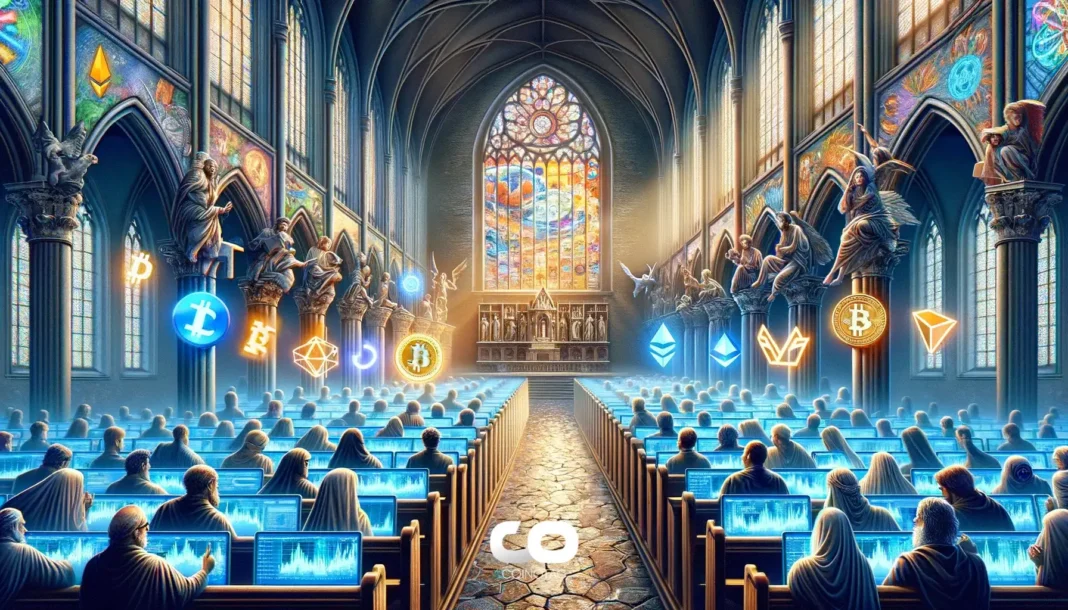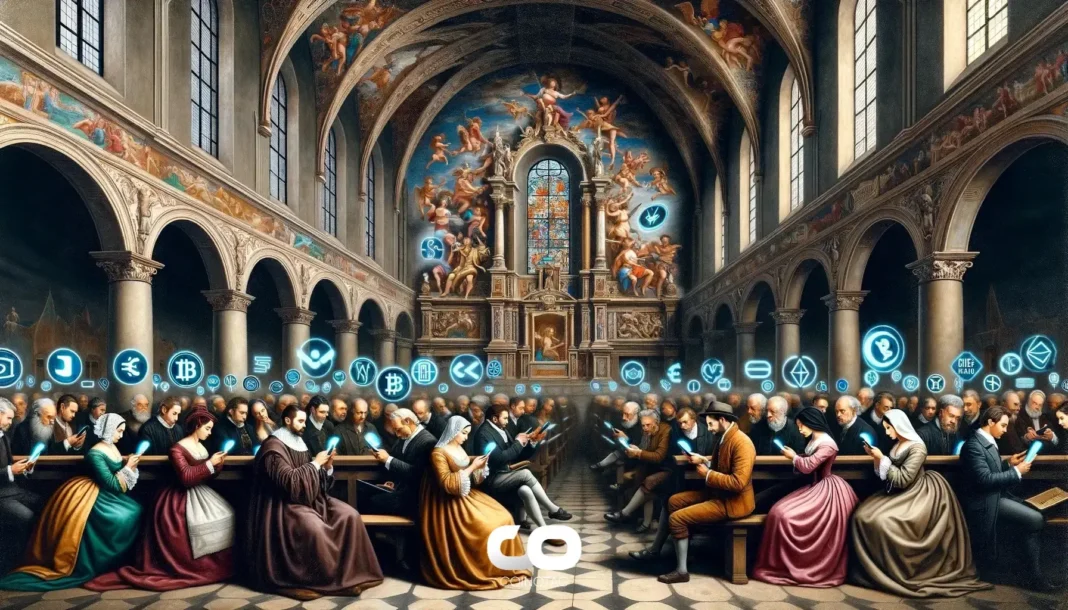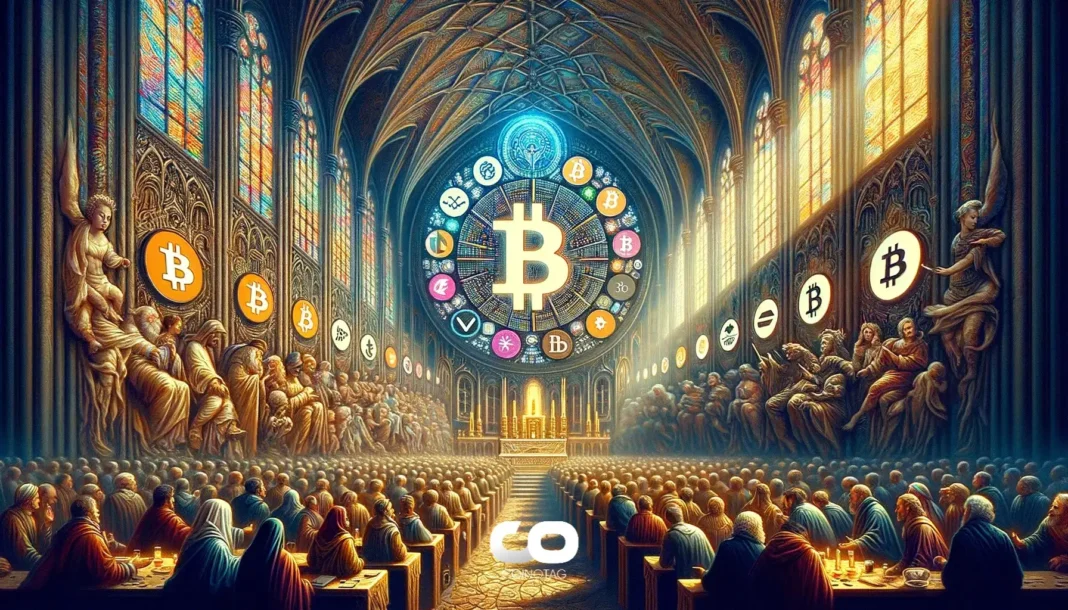-
BNB Chain has completed its 32nd quarterly token burn, permanently removing 1,595,599 BNB tokens worth over $1.02 billion from circulation, reinforcing its deflationary model.
-
This significant burn contributes to a cumulative total of more than 60.7 million BNB destroyed, equating to roughly 30.35% of the total supply since Binance initiated the burn mechanism.
-
According to COINOTAG, Binance founder CZ succinctly summarized the event as “Deflationary BNB,” emphasizing the long-term strategy behind these systematic burns.
BNB Chain’s 32nd token burn removes over 1.5 million BNB, pushing total supply reduction past 60 million tokens, highlighting Binance’s ongoing deflationary strategy.
BNB Chain’s 32nd Token Burn: A Strategic Move in Supply Reduction
The recent burn of 1,595,599 BNB tokens marks a pivotal moment in Binance’s ongoing effort to implement a deflationary tokenomics model. Conducted directly on the BNB Smart Chain via the Auto-Burn mechanism, this process ensures a transparent and protocol-driven reduction in circulating supply. Unlike manual burns or marketing-driven initiatives, the Auto-Burn operates autonomously, reflecting real-time network activity and fees collected.
This burn aligns with Binance’s roadmap to gradually reduce the total BNB supply to 100 million tokens. With over 60.7 million BNB already removed, representing more than 30% of the original supply, Binance is steadily advancing toward this target. The cumulative value of these burns exceeds $14.2 billion at current market prices, underscoring the economic significance of this deflationary approach.
Market Reaction and Long-Term Implications for Binance Coin
Despite the substantial token burn, market response has been muted, with Binance Coin (BNB) trading steadily around $671. This subdued price movement is consistent with previous burns, suggesting that investors are focusing more on the long-term supply dynamics rather than short-term volatility. The deflationary pressure created by token burns is expected to enhance scarcity, potentially supporting price appreciation over time as demand within the Binance ecosystem grows.
Binance founder Changpeng Zhao’s brief commentary, “Deflationary BNB,” highlights the strategic vision behind these burns. By systematically decreasing supply, Binance aims to strengthen BNB’s value proposition as a scarce digital asset, which could have significant implications for its utility in decentralized finance (DeFi), transaction fee discounts, and other ecosystem incentives.
Understanding the Auto-Burn Mechanism and Its Role in Tokenomics
The Auto-Burn mechanism is a protocol-level feature that automatically destroys a portion of BNB tokens based on network activity, such as transaction fees. This automated process ensures consistent supply reduction without relying on discretionary decisions by Binance’s management. By embedding the burn function into the blockchain’s operations, Binance enhances transparency and predictability, which are critical for investor confidence.
This mechanism distinguishes BNB from many other cryptocurrencies by embedding deflationary economics directly into the protocol. As network usage increases, so does the rate of token burning, creating a natural balance between supply and demand. This dynamic incentivizes users to engage with the BNB ecosystem, knowing that increased activity contributes to scarcity and potentially higher token value.
Future Outlook: Supply Dynamics and Ecosystem Growth
Looking ahead, Binance’s commitment to reducing BNB supply to 100 million tokens will continue to shape market dynamics. As the ecosystem expands with more decentralized applications, staking options, and cross-chain integrations, demand for BNB is likely to rise. This growing utility, combined with a shrinking supply, may enhance BNB’s position as a leading utility token in the crypto space.
Investors and users should monitor upcoming burns and network activity closely, as these factors will provide insight into the health and trajectory of the BNB ecosystem. The deflationary model, supported by the Auto-Burn mechanism, positions Binance Coin uniquely among major cryptocurrencies, potentially offering a sustainable value proposition over the long term.
Conclusion
The 32nd quarterly burn of BNB tokens underscores Binance’s disciplined approach to managing token supply through an innovative and transparent Auto-Burn mechanism. While immediate market reactions remain subdued, the ongoing reduction in circulating supply strengthens BNB’s deflationary narrative and sets the stage for future value appreciation. As Binance continues to develop its ecosystem, the interplay between supply constraints and growing demand will be critical in defining BNB’s role within the broader cryptocurrency landscape.







